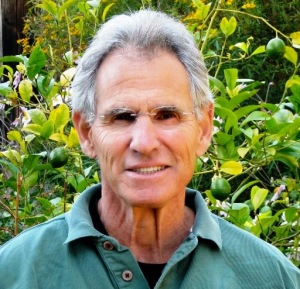Mindfulness Daily
Several of you mentioned when you signed up for the class that you had tried meditation before but had never been able to establish a practice. It’s helpful to set a minimal goal, something you know you can find time to do each day: even five minutes a day is enough to establishish a habit. It can also be helpful to have structure and guidance, and the free, 40-day series that Jack Kornfield and Tara Brach are offering right now, Mindfulness Daily, is a gem. Each day is a bite-sized session, 10-15 minutes.
And it’s not just for beginners! Deeply experienced meditators know the delight of a return to “beginner’s mind.” In the past few weeks, I recommended this series to several people who asked to sign up for the class after it was full. After the first couple of recommendations, it struck me that I should listen to a session or two to be sure it was as helpful as I thought it would be. After the first couple of “bites,” I was hooked. Each one is a little jewel, rich and thoughtful, and I’ve found that the series is a perfect addition to my day. The forty days coincide almost exactly with the length of this 6-week class, and would be a wonderful supplement. You can access the course here.
Meditation Timer
A meditation timer is a helpful addition to your practice, and there are dozens of apps available, many for free and others available at minimum cost. I use a very simple one called i-Qi Clock and Meditation Timer that functions only as a clock or timer. Probably the most popular app is Insight Timer, which has many more features, including guided meditations and the option of belonging to an online community.

 Jon Kabat-Zinn has been a pioneer in bringing mindfulness techniques into the mainstream of medical practice to work with stress, pain and illness. You can read an overview of this work
Jon Kabat-Zinn has been a pioneer in bringing mindfulness techniques into the mainstream of medical practice to work with stress, pain and illness. You can read an overview of this work  Tara Brach is a beloved teacher of meditation in the Vispassana or Insight tradition, and founder of the Insight Meditation Center in Washington D.C. Her book Radical Acceptance is a guide to awakening from the trance of unworthiness. She offers a rich archive of meditations and talks on her website,
Tara Brach is a beloved teacher of meditation in the Vispassana or Insight tradition, and founder of the Insight Meditation Center in Washington D.C. Her book Radical Acceptance is a guide to awakening from the trance of unworthiness. She offers a rich archive of meditations and talks on her website, 